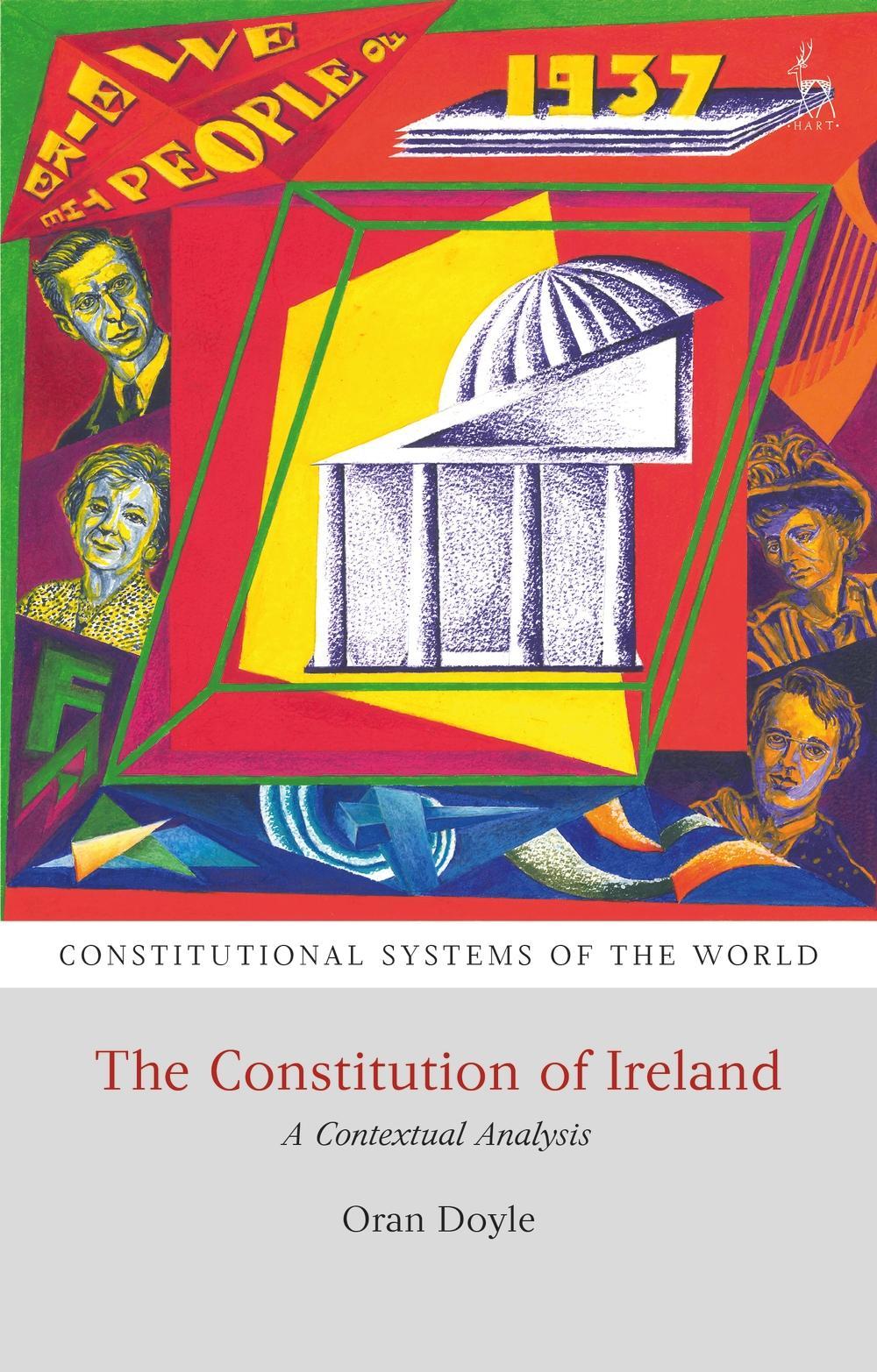Constitution of Ireland

Constitution of Ireland
The book begins with an overview of Irish constitutional history leading to the enactment of the 1937 Constitution, before exploring the foundational decisions made by the Constitution in relation to territory, people and citizenship. Particular attention is paid to the constitutional relationship with Northern Ireland, currently unsettled by the decision of the United Kingdom to leave the European Union. The book details the key institutions of state (Government, Parliament, President and courts), before analysing how different constitutional actors exercise their respective powers of governance, contestation and oversight. A thematic approach is taken to the courts' interpretation of fundamental rights, showing how judicial attitudes have markedly changed over time. Further attention is paid to both formal amendment and informal constitutional change. The Constitution today is markedly different from 1937: it is non-committal on national reunification, less influenced by Roman Catholic natural law teaching, and generally more permissive of Government action. It is perhaps these developments, however, that explain its continued success or, at least, its longevity.
PRP: 265.00 Lei
Acesta este Pretul Recomandat de Producator. Pretul de vanzare al produsului este afisat mai jos.
238.50Lei
238.50Lei
265.00 LeiIndisponibil
Descrierea produsului
The book begins with an overview of Irish constitutional history leading to the enactment of the 1937 Constitution, before exploring the foundational decisions made by the Constitution in relation to territory, people and citizenship. Particular attention is paid to the constitutional relationship with Northern Ireland, currently unsettled by the decision of the United Kingdom to leave the European Union. The book details the key institutions of state (Government, Parliament, President and courts), before analysing how different constitutional actors exercise their respective powers of governance, contestation and oversight. A thematic approach is taken to the courts' interpretation of fundamental rights, showing how judicial attitudes have markedly changed over time. Further attention is paid to both formal amendment and informal constitutional change. The Constitution today is markedly different from 1937: it is non-committal on national reunification, less influenced by Roman Catholic natural law teaching, and generally more permissive of Government action. It is perhaps these developments, however, that explain its continued success or, at least, its longevity.
Detaliile produsului









